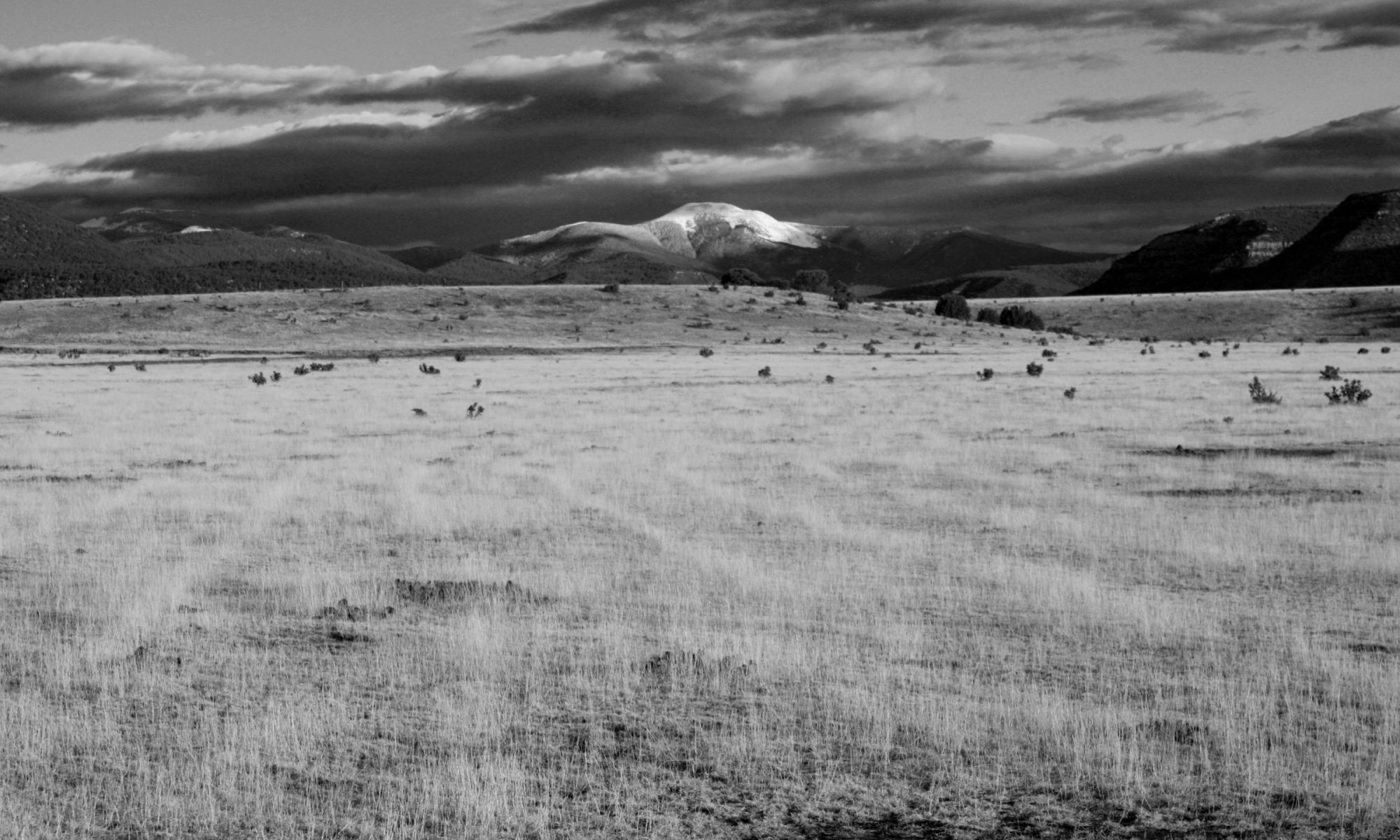Charlie Crider enjoyed reading the subtleties of every ship he boarded so he expected the boatswain’s whistle before he saw it.
I was going somewhere with this a week or so ago.
Day 274
Sedge Street is the the oldest, longest, widest, and straightest street in [city]. Sedge remains the most obvious, but not only, symbol of an ancient time. The historians told the architects who told me there was no reason for its length, no reason other than the seduction of space and the greed to consume it. I think maybe the builders and craftsmen who constructed the first shops and stables along SSN wanted to market their wares in a primary spot—not one wanting to be even a convenient step or two off the main way. Everyone wanted to be first so they lined up next to each other like children neatly arranging blocks for counting.
The width they know with a certainty to derive from the need to turn a horse team around on itself to exit town after dropping off goods. The side streets have always been barely more than cart paths.
Its straightness is a cartographers joke or mistake. The original planners listed shops, dwellings, liveries, stables, government buildings, and the like on a scroll of butcher’s paper. Next to each entry, like a bulleted list, lay a large square.
Eesh, gonna have to let this idea simmer down in my head before I proceed. Guess my week off left my brains weak and flabby.
Three corners of that square hold a number: upper left for the order of construction, upper right for the family, lower left for the type of building. Each of these three is conspicuously indicated on the scroll in a legend or note. The fourth corner, the lower right corner, holds a glyph.
Day 275

One Reply to “The Glyphs of Sedge Street”
Comments are closed.